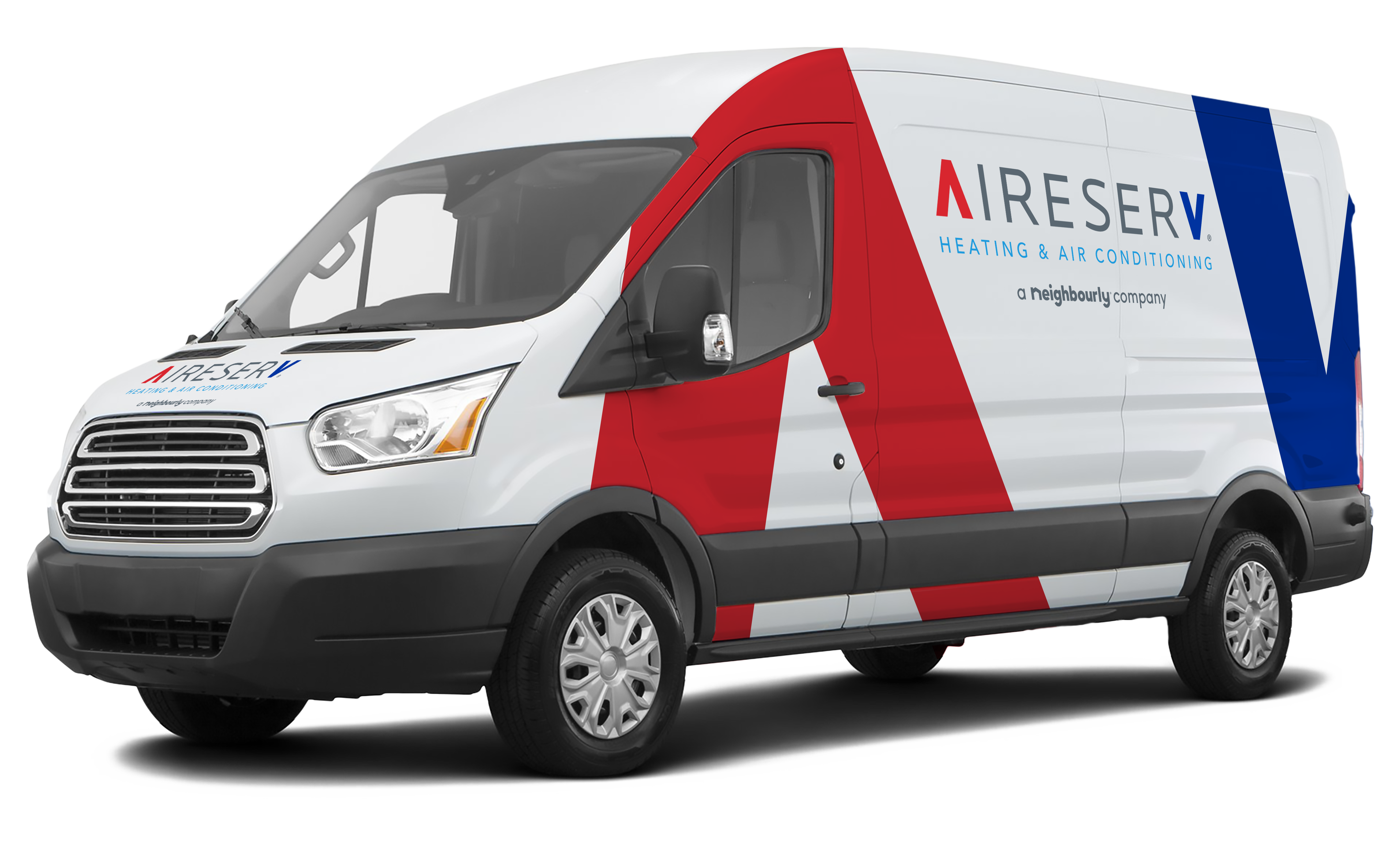
Carbon monoxide (CO) is odorless and colorless and is the leading cause of poisoning deaths in the North America. In the U.S., the Centers for Disease Control and Prevention reports more than 20,000 individuals go to the emergency room for CO poisoning and over 400 lives are claimed each year. According to the Ontario Association of Fire Chiefs, more than 50 people die each year from carbon monoxide poisoning in Canada. Are you protecting the inhabitants of your home or business from its dangerous effects?
Hiding in Plain Sight
CO commonly occurs from the result of the combustion of various fuels such as coal, wood, charcoal, oil, kerosene, propane, and natural gas. Fireplaces and furnaces, grills and ranges, cars and power equipment – anything that burns fuel can create CO. In areas with poor ventilation, its buildup could be deadly.
The Sickening Symptoms
Infants, the elderly, those affected by lung or heart disease and individuals with anemia are particularly at risk of CO poisoning. Sleeping individuals can die before they recognize CO’s symptoms, which include...
- Headache
- Dizziness
- Weakness
- Nausea
- Vomiting
- Chest pain
- Confusion
- Loss of coordination
- Unconsciousness
How Can You Prevent Exposure in Your Home or Business?
Install carbon monoxide detectors.
Simple and inexpensive, CO detectors offer essential protection against poisoning. Properly install a CO detector by each separate sleeping area, away from furniture and drapes and in an accessible area on the ceiling or walls. Check the function of detectors weekly, marking your calendar to replace batteries twice per year.
Schedule a professional furnace safety check each winter.
Schedule an annual professional service for other combustion appliances as well. Professional inspections and maintenance can identify dangerous CO sources before they effect the health and safety of occupants, including:
- Cracked heat exchangers that could leak deadly fumes.
- Bent/blocked pipes.
- Filter, fan, and venting issues.
- Pilot light issues.
- Defective or poorly installed appliances.
- And more…
Invest in safe appliances.
Such as equipment carrying the seal of a national testing agency: Underwriters’ Laboratories.
Ensure gas appliances are properly installed and vented.
If you smell gas, vacate and call for service immediately. Never patch with tape, gum, or other materials that can result in CO buildup in the room.
Keep your chimney clean.
Dirty, blocked chimneys can cause CO buildup. Have your chimney professionally checked/cleaned annually.
Never use a gas stove as a heater.
CO could exhaust into your home. Keep the door closed tightly whenever a gas stove is in operation. Likewise, never burn charcoal or use portable gas stoves indoors.
Never leave vehicles running in an attached garage.
CO fumes can build up and seep into the building even if the garage door is open.
Properly place generators.
Generators should NEVER be operated in your home, basement, screened porch, garage, or less than 20 feet from any window, door, or vent. Generators are designed for outdoor operation only.
Concerned about CO in your home or business? The caring professionals at Aire Serv® can help you address air quality issues. Contact us to schedule your annual professional furnace maintenance today.

